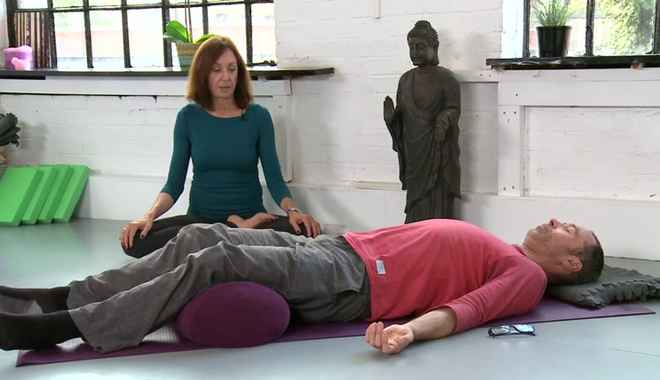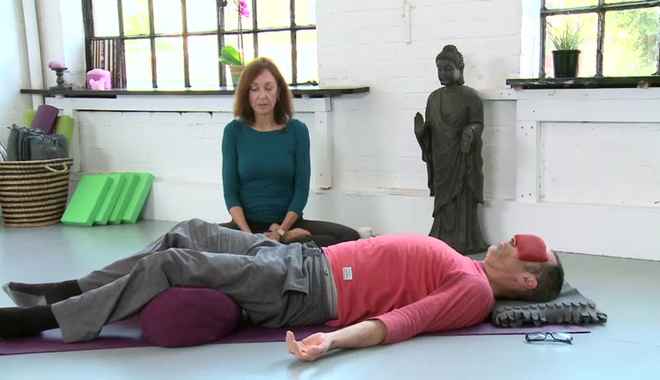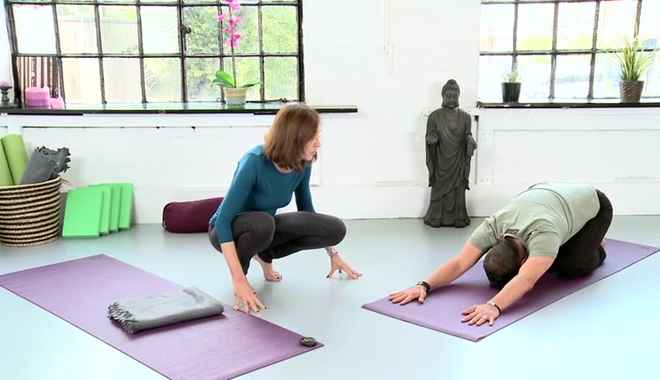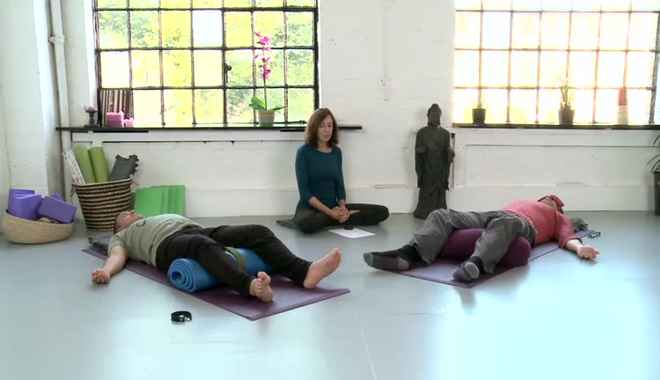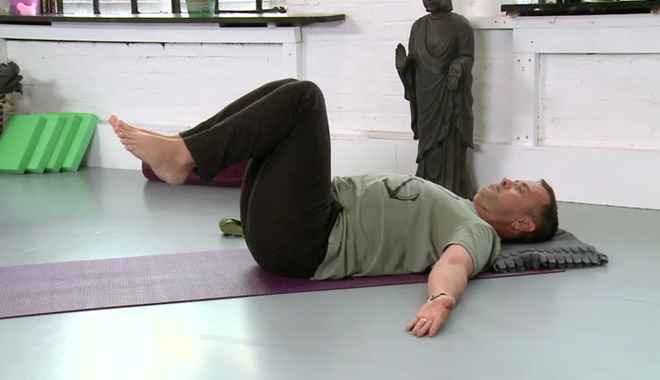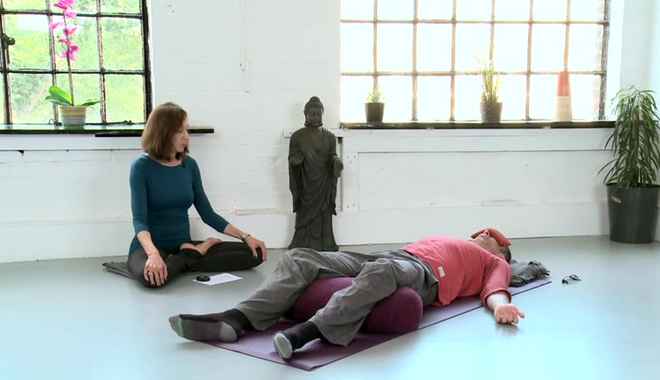Yoga Nidra
Yoga Nidra is a relaxation/meditation technique that originated in India, but, like most modern yoga, has been modified and westernized to suit the needs of contemporary students. Yoga Nidra or ""yogic sleep"" is a state of consciousness between waking and sleeping, like the ""going-to-sleep"" stage. It is a state in which the body is completely relaxed, and the practitioner becomes systematically and increasingly aware of the inner world by following a set of (audio) instructions. This state of consciousness is different to meditation in which concentration on a single focus is required.
A Yoga Nidra class may begin with a gentle warm up to loosen up the body and “transition” from the everyday state to the Nidra practice. You will then be guided into the Shavasana and asked to close your eyes and settle into the position. The teacher will begin to focus your attention on sensations and then “scan” through the body, traveling through the arms and hands, the torso, along the leg all the way to the feet and then back to the head and neck area. The instructions will include identifying opposite sensations in the body, such as warm and cold. Each sensation is felt separately and then simultaneously, which requires the mind to focus and keeps it in the present moment. It is not unusual to fall asleep the first few times you experience deep relaxation, despite your best intention to remain awake.
The practice of Yoga Nidra has been found to reduce tension and anxiety. The autonomic symptoms of high anxiety such as headache, giddiness, chest pain, palpitations, sweating and abdominal pain respond well. Yoga Nidra has been used to help people dealing with substance abuse, depression, homelessness, and post-traumatic stress disorder (PTSD).

